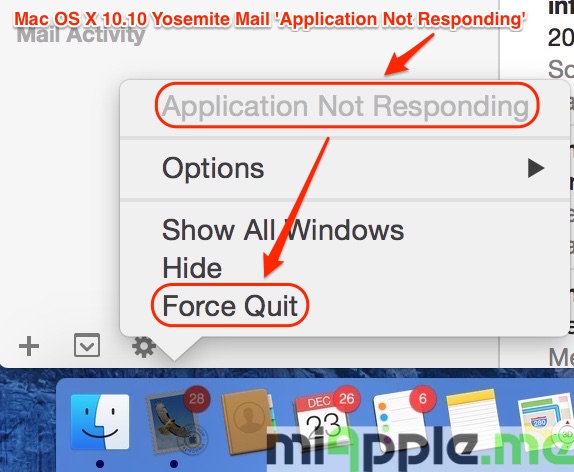

The TRIM command provides that bridge from the file level to the block level, giving the operating system a way to tell the SSD that it’s deleting files and to mark those files’ pages as stale. TRIM (which is properly capitalized but is not an acronym) is an ATA command that the operating system can cause to be sent when it deletes a file. This is the situation TRIM was introduced to remedy. Pages containing deleted files look like valid pages, and they keep getting collected along with actually good pages. But on an SSD, where there’s no fixed correlation and where in-use pages have to be tracked and picked up by garbage collection, it can be a big deal. On an HDD there’s usually a fixed correlation between the file system’s clusters and the disk’s sectors. The goal behind this process is to try to optimize performance by having blocks be either completely empty (and then erasing the block) or completely full. The reason for this is that erasing a page’s contents requires zapping that page with a not-insignificant amount of voltage, and the NAND-style layout of all modern SSDs makes it prohibitively difficult to isolate that voltage to only the pages that need erasing.Īnd here’s where the ‘Garbage collection’ misnomer comes into play, because it’s actually good pages that are “collected,” with the garbage being left behind. SSDs can only erase entire blocks, which are usually made up of hundreds of pages. SSDs can read and write at the page level-which is usually 8KB for modern drives-but they have a peculiar failing in that they cannot erase at the page level.

:max_bytes(150000):strip_icc()/003-uninstall-google-chrome-mac-4581498-89f9db8d5cbe476592eece278a68aa3f.jpg)
There is one more detail to note about SSD garbage collection, however. Then it erases the old block and marks it ready for use. Garbage collection looks for blocks that contain a mix of good and stale pages and then duplicates all the good pages into new blocks and leaves behind only stale pages in the old block. Garbage collection involves having the controller search through its inventory of written pages for pages that have been marked as “stale”-that is, they were written to and then the data they contained needed to be modified by the OS because changing the page’s state is impossible without first erasing it, the changes are always written to new pages and the old pages marked stale. To prevent this undesirable situation from happening, modern SSDs run complex routines called garbage collection in order to always keep as large a reserve as possible of pristine empty blocks ready for writing. It is this requirement for erasing previously used blocks that causes SSDs to become slower over time. For SSDs, storage blocks have to be erased before they can be overwritten. The OS would simply mark the blocks as being available, and the hard disk could write new data over the top of the old data. With HDDs this method of deleting a file wasn’t an issue. The file still exists in those blocks on the disk, but the directory file lists them as empty so they are invisible to your computer.
How to force empty trash on mac yosemite software#
This is why recovery software like Hard Disk Warrior is able to recover files that have been ‘erased’. Instead, the OS simply marks the blocks as being available and stores that information in a directory file. The OS does not typically erase the storage blocks that were previously inhabited by the file. Every file system has its own way of doing things, but generally speaking, when you delete a file, that file is not really gone. In order to understand why SSDs get slower over time, it’s important to know how file systems work. With proper maintenance, the speed of an SSD can be preserved. This is exactly the thing that SSD garbage collection is designed to prevent. We all know SSDs are initially very fast but, we are finding out that they get slower over time, especially as the drive begins to fill up.

At its core, SSD garbage collection is an automated process that is designed to improve performance. It’s more like getting rid of empty boxes of things you’ve already thrown away. It’s somewhat of a misnomer since garbage collection has nothing to do with removing files that are no longer needed. Just like taking out the trash is a necessary task in maintaining your home, garbage collection is also a type of SSD maintenance. Fortunately, there are things you can do that can prevent this from happening and help you maintain the speedy nature of your SSDs. The rumblings online and in certain IT circles have proven to be true: SSD speeds can slow down over time.


 0 kommentar(er)
0 kommentar(er)
